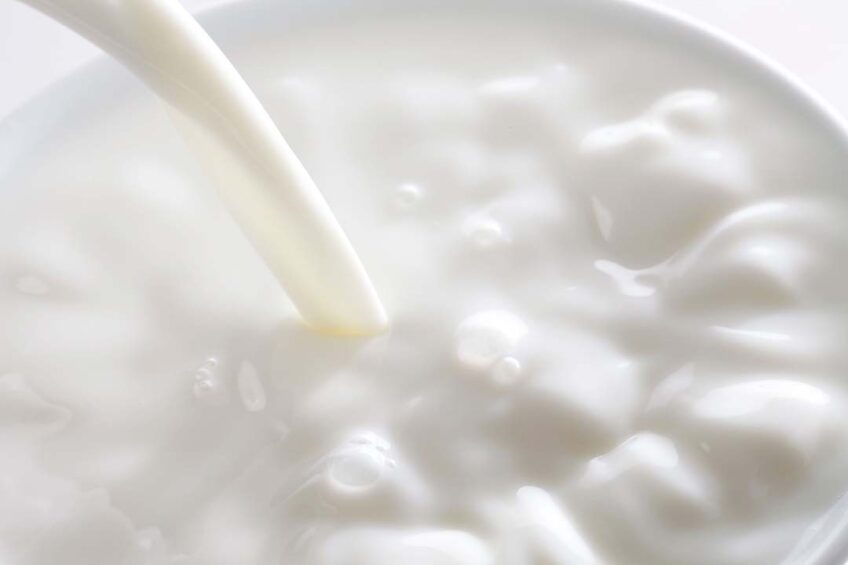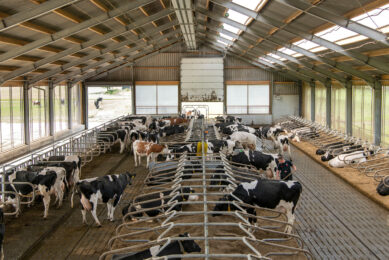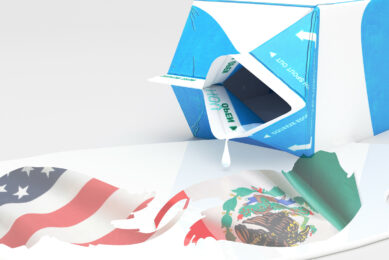US and Canada: Changes and challenges in dairy

Walmart is expanding its milk processing in the US, with a third facility in Texas being constructed to begin operations in 2026. Walmart opened its first milk processing facility in Indiana in 2018, and its second facility in Georgia will open in 2025.
The new facility will allow more local processing of milk, allowing Walmart to have control over its own milk product production and to avoid supply chain disruptions. Products from the facility will serve more than 750 Walmart stores throughout several states beyond Texas such as Oklahoma and Louisiana.
Kroger, another huge US grocery retail chain, has also been taking its dairy product supply into its own hands, mainly to keep prices down. Kroger has had its own dairy processing plants for some years, and in recent months announced an investment of US$70 million to update a large dairy plant in Ohio for processing aseptic milk products.
Aseptic milk is processed using ultra-high-temperature pasteurisation and packaged in anaerobic conditions. These products can be stored for months without refrigeration. Kroger’s aseptic milk line is described as part of its “large-scale efforts to deliver long shelf-life, high-protein drinks and non-dairy and dairy products.”
Bagged milk
Meanwhile, in Canada, the packaging format of ‘bagged’ milk is on the decline. This format, popular for decades in Canada and the US, involves 3 1-litre bags of milk sold together. A bag is placed in a plastic pitcher in the fridge and replaced when empty. The bags and jugs for bagged milk were launched in 1967 by American plastics giant DuPont. Beyond Canada, bagged milk is also still used in India, Israel and some countries in South America.
It’s a high-volume format, however, and due to declining milk consumption, smaller households and growing demand for alternative milks means bagged milk will likely become even more unpopular in the future.
Infant formula
Meanwhile, a controversial Chinese-owned infant formula plant in the Canadian province of Ontario (Canada Royal Milk) continues to ship all its product to China. There are no other formula plants in Canada, which means Canadian babies who aren’t or can’t be breast-fed rely entirely on imports.
Shipment of Royal Milk formula to China continues despite baby formula shortages in both Canada and the US. It also continues despite a large Canadian surplus of ‘solids non-fat,’ a component of milk that’s the primary ingredient in formula.
Canadian media has reported that “Canada has so much [solids non-fat] that in the 2023 federal budget, the government set aside $333 million to help the dairy industry figure out what to do with it all.” As yet, there have been no announcements of new infant formula plants in Canada.
However, in 2017, Canada Royal Milk received significant funding to build its plant. The former head of the Canadian Dairy Commission, whofacilitated the $225-million CAD investment, later took a position on the company’s board of directors.
Join 13,000+ subscribers
Subscribe to our newsletter to stay updated about all the need-to-know content in the dairy sector, two times a week.










